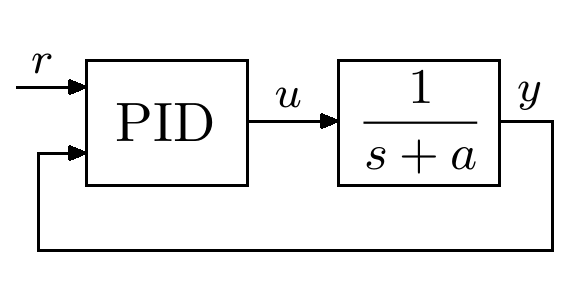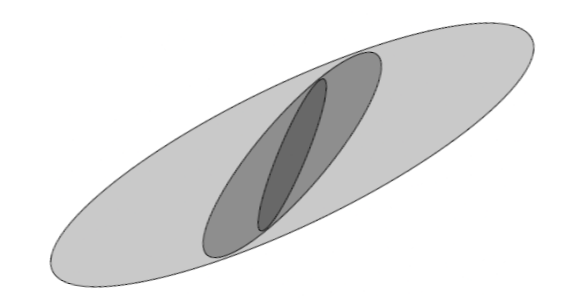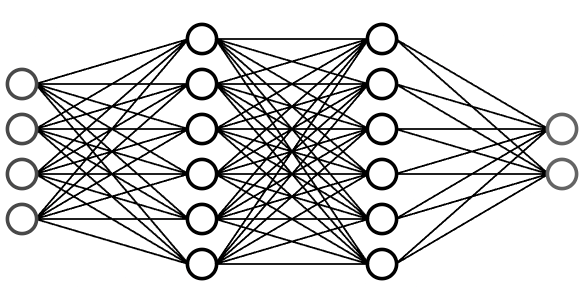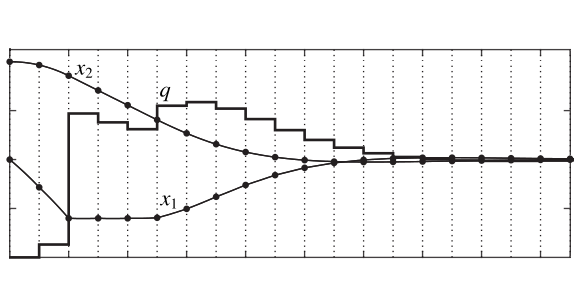A hierarchical control framework for vehicle repositioning in ride-hailing systems
Beojone, C. V., Zhu, P., Sirmatel, I. I., & Geroliminis, N. (2024). A hierarchical control framework for vehicle repositioning in ride-hailing systems. Transportation Research Part C: Emerging Technologies, 104717. https://doi.org/10.1016/j.trc.2023.104338 (full text pdf)
Abstract: This paper introduces a multi-layer control strategy for efficiently repositioning empty ride-hailing vehicles, aiming to bridge the gap between proactive repositioning strategies and micro-management. The proposed framework consists of three layers: an upper-layer employing an aggregated model based on the Macroscopic Fundamental Diagram (MFD) and model predictive control (MPC) to determine optimal vehicle repositioning flows between each pair of regions, a middle-layer converting macroscopic decisions into dispatching commands for individual vehicles, and a lower-layer utilizing a coverage control algorithm for demand-aligned positioning guidance within regions. The upper-layer contributes to the proposed framework by providing a global (macroscopic) view and predictive capabilities including traffic and congestion features. The middle-layer contributes by ensuring and optimal assignment of repositioning vehicles, considering the decision from the upper- and lower- layers. Finally, the lower-layer contributes with operational details at the intersection or node level providing the precision required for microscopic vehicle guidance. Experimental validation using an agent-based simulator on a real network in Shenzhen confirms the effectiveness and efficiency of the framework in improving empty vehicle repositioning strategies for ride-hailing services in terms of average passenger waiting time and abandonment rates.





Leave a Comment